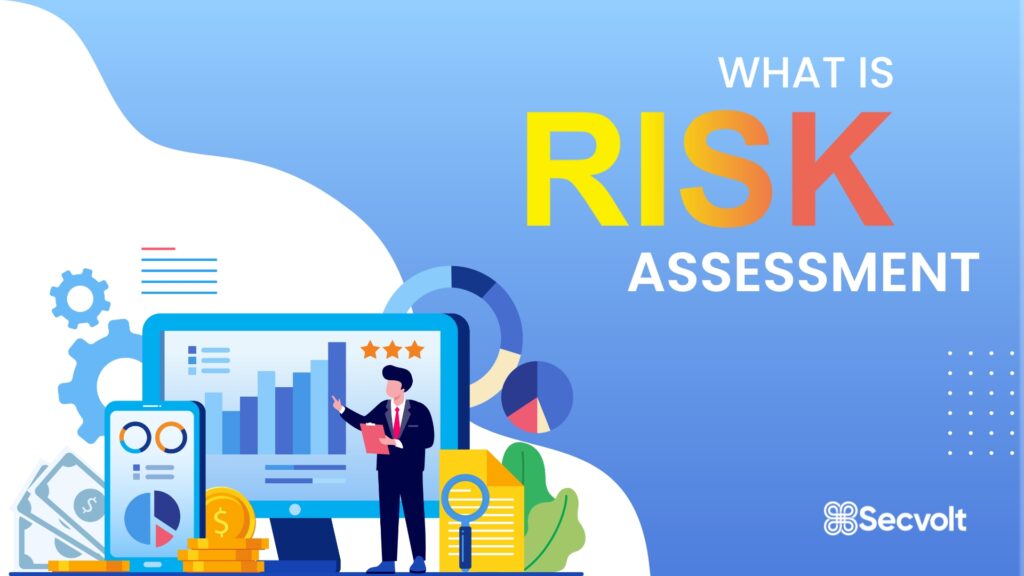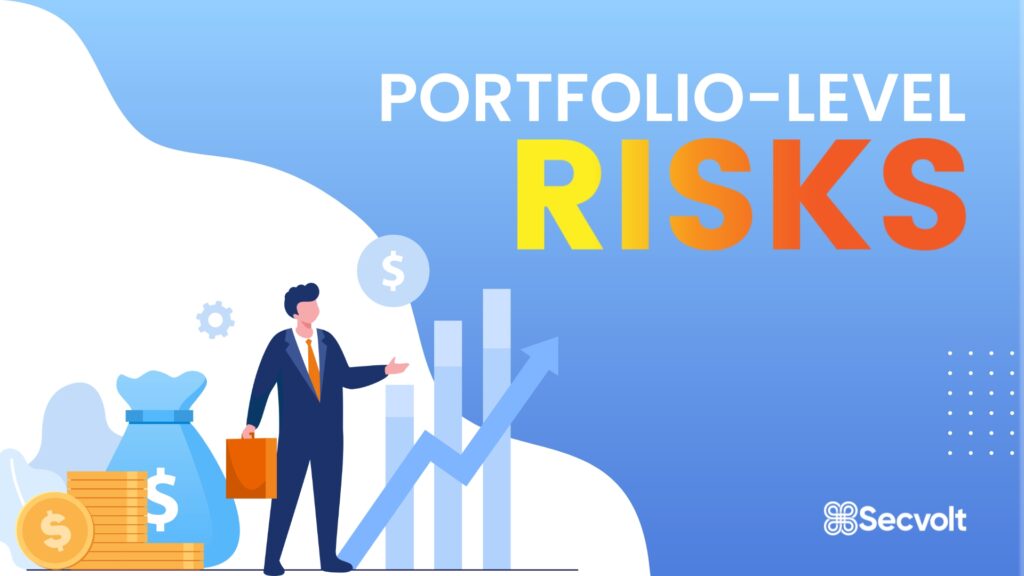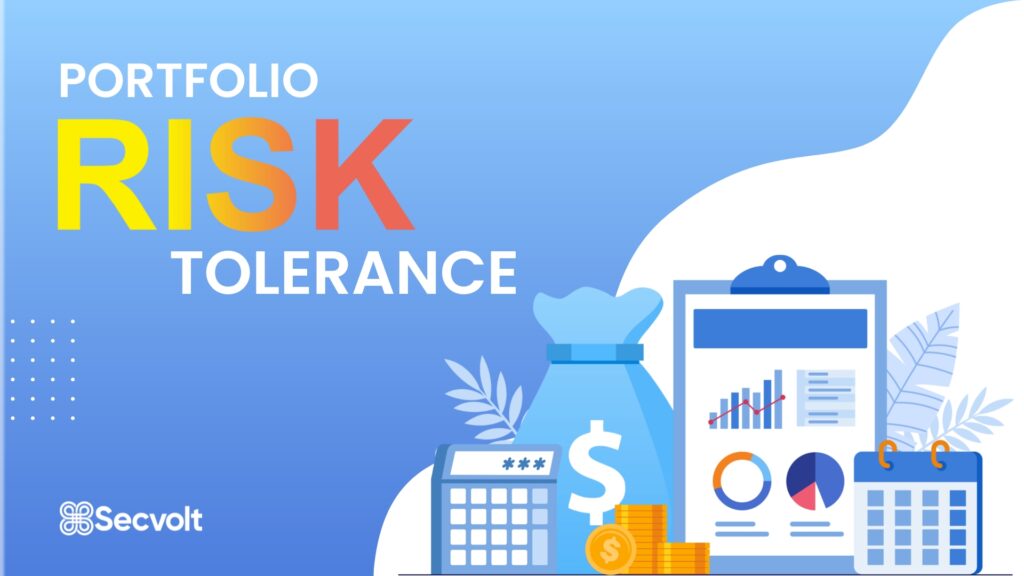
Portfolio Risk Assessment
Your investment portfolio is like a package with a fragile tag. It comes with instructions like Handle with care. It is because there are various risks associated with it. And where there are risks, there is risk assessment.

What is Risk Assessment?
The process of analyzing and calculating the risks in your portfolio is known as Risk Assessment. It is crucial to assess the risks and manage them to yield the maximum returns or profits. How will we get out if we don’t know how deep we are in the water? To take our bodies out of the water, we need to be aware of their depth, and we will push ourselves accordingly. Similarly, to manage a particular risk, we first need to assess that risk. We need to understand the degree of that risk.
It is crucial to assess the risks and manage them to yield the maximum returns or profits. We have all seen and read guides that promise to help you understand portfolio risk assessment intensively. But let us tell you clearly that nothing can teach you better than getting your hands dirty.
First, we would have a look at the types of portfolio-level risks. Then, we would move on to how we can assess those risks. After that, we would have a thorough look at portfolio risk tolerance. So, let us start by dipping one at a time. And the first would be the portfolio-level risks.

Portfolio-level risks~
- Risk of losing money-
To put it bluntly, the highest risk associated with anything financial is losing the finances. When you put money in your investment portfolio, there always lies a risk of losing that money. It might be a part of it or two assets out of five, but there is always that risk!
- Risk of lesser profits-
Now, even if everything is going well, what is the probability that your profits are always the highest? So, when you put money in a portfolio, there is always a risk that you are not making the most out of it, or that two out of five asset classes are not at their best. So, there is always this risk of lesser profits.
- Risk of mismanagement-
With so much on your plate, or even with enough on, there is always a risk of mismanagement. This mismanagement is either by you or by your fund manager. But along with the mismanagement comes the consequences of it. So the risks become multiple folds.
- Risk of lack of expertise-
You do not go around treating people if you do not hold a degree in medicine. But even if you are not a stock broker or a fund manager, you make investments. Right? If an expert makes your investments, you will have leverage naturally because that is their job. Again, the consequences are something we might not see on the surface, but that doesn’t mean they aren’t there.
- Risk of short-sightedness-
When it comes to investments, finances, stocks, and calculations, your long-sightedness or vision plays a role. That comes with practice. How far you can see implies how better your portfolio will be. Thus, there is a risk of being short-sighted.
- Risk of uncertainty-
Let’s assume you are an expert, have a vision, and are good at managing, but there always remains some uncertainty. With practice & experience, people or machines can get experts at it. But generally, there will always be some uncertainty. So, that risk always remains.
Now, we have looked at the risks associated with a portfolio. With all the types of risk in mind, we can look at portfolio risk tolerance.
If you need some ideas about what to read next, here they are:
- Portfolio Risk Assessment & Risk Management – Why Is It Important?
- The Importance Of Diversifying Your Investment Portfolio
- What is market risk premium and how to calculate it?

Portfolio Risk Tolerance ~
We all know that all investment options have different degrees of risk associated with them. Investors classify into three categories- aggressive, moderate, and conservative. The basis of classification here is how much risk tolerance they have. If you know the level of someone’s risk tolerance, helps investors in planning their entire portfolio. The following are the categories:
- Aggressive investors- Those with higher risk-taking ability are ready to risk their money for higher profits. They do not mind facing uncertainty today for better benefits in the longer run. These are known as aggressive investors. Generally, young people are aggressive investors.
- Moderate investors– Moderate, as the name suggests, are the kind who operate in moderation and act in a balanced manner. They keep a balance between risk, uncertainty, and returns. Generally, people in their early forties or late thirties become moderate investors.
- Conservative investors- These are okay with lesser returns but are not okay with risking money. Even if it comes with a hint of assurance that it might yield returns, these people are focused on the uncertainty & ‘what if’ factor.
If you can categorize yourself amongst any of these, it can help you strategize your portfolio better. It makes your work easier than otherwise because now you know where you stand. You do not idealize a scenario because you know which side catches more of your attention.

The Final Words ~
Irrespective of the category, investors have one end goal- making better profits. It would not hurt to have someone or something that could make your work easier, who would take the stress off your shoulders and give you better returns. You have looked at the fundamentals of portfolio risk assessment, types of portfolio-level risks, and portfolio risk tolerance.
To assess the risks associated with your portfolio, you can access a premium risk assessor tool (https://calculator.secvolt.com/) that will give you a transparent picture of the markets and where you stand in those markets. It assesses the inherent risk present in your portfolio and shows you what returns you have missed.





